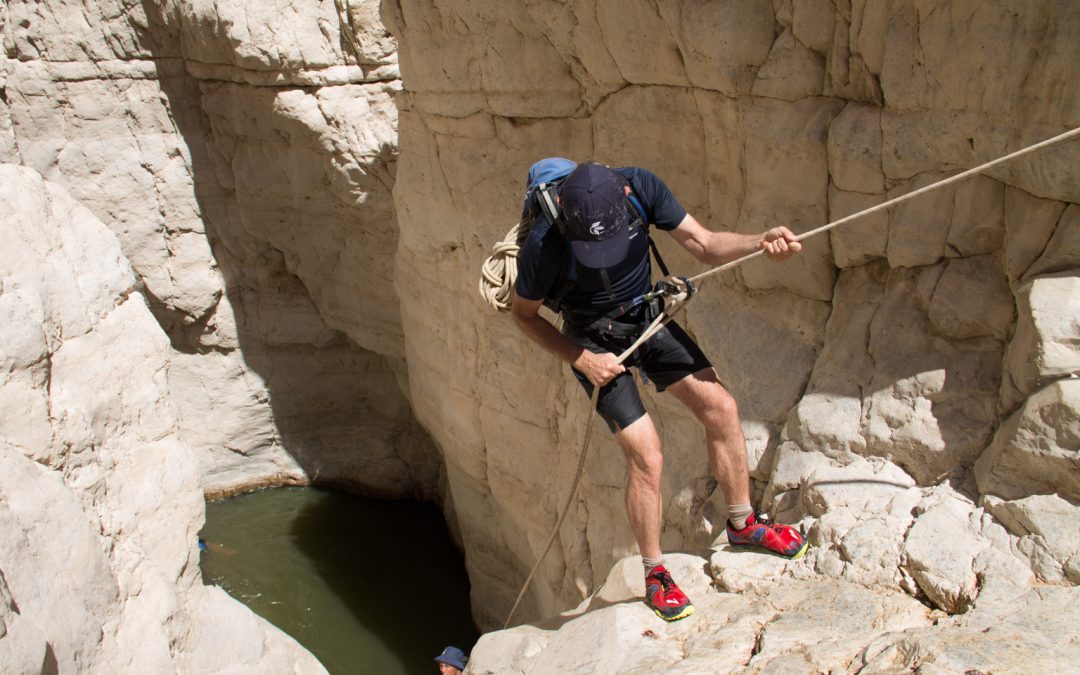Hiking and camping are great ways to get outdoors. And adventures on foot can be as big and remote or tame and close-to-home as you want them to be. With basic gear, a game plan, common sense, and some research, you can discover the joys of being in the company of nature.
1. Don’t start off too fast
Keep stress low by hiking near where you live. Start with a shakedown hike that takes two hours or less. Then, if you want a challenge, lace up for a hike with some elevation. Build hiking fitness, and make sure your gear is dialed before you decide to go on very long hikes.
2. Avoid hiking alone
Having company when you hike can make it more fun. It can also be safer. If you twist an ankle, for example, there’s someone to help. Whether you go solo or with a partner, be sure to let a friend or family member or two know where you’re going and when you expect to return. When you’re back in civilization, make sure you let them know.
3. Don’t overpack
For day hikes, you need the basics, including water, food, a small first aid kit with emergency blanket, emergency water treatment, a knife, and an extra layer. A heavy pack will weigh you down and make hiking less fun. Plan for a half-liter of water every hour, more if you sweat a lot, or if it’s very hot out.
4. Don’t skip over buying quality hiking boots/shoes and socks
If your feet feel good, there’s a much better chance you’ll have a great time. Wear high-quality merino socks or synthetic hiking socks, not cotton. Buy boots that fit your feet well in the shop. Take a couple of hikes close to home to break them in before you head out for a big trip.
5. Avoid using your cell phone for directions
Deep in the mountains, you may not have cell service, and electronics can run out of juice before you get back to your car. If you want extra security, buy a tracker, like Garmin’s InReach Mini, so you can send a satellite message if you get in trouble.
6. Don’t be afraid to invest in key equipment
For hiking, the most important investments are your socks and shoes. A good backpack will support your load, be sized for your adventure, and fit your body. For day hikes, carry a small pack with a hydration reservoir or easy access water bottle pocket. Staying hydrated is key to hiking success.
If you’ll be out for more than a few hours, buy a water filter or a chemical water treatment and learn how to use it before you leave home. For camping, add a sleeping bag, sleeping pad, and a tent to your list of gear to buy or borrow. If you want to cook when you’re camping, you’ll need a camp stove too.
7. Don’t forget to test out equipment before you leave
Don’t wait to get to camp to set up your tent, or try out your stove. Set up everything at home to make sure it works, and that you have all the parts and pieces you need. You’ll figure out what, if anything, you can leave behind, and make sure it all fits in your pack.
8. Leave No Trace
Always follow the seven principles of Leave No Trace. Plan to pack out all your trash. Check local regulations where you plan to hike to see if you also need to bring a system to pack out human waste. Don’t camp close to streams, lakes, or rivers. Don’t cut down trees or vegetation for any reason. Rule of thumb: whatever you’re thinking about doing, imagine if 1000 other people did the same how it would impact the place.

